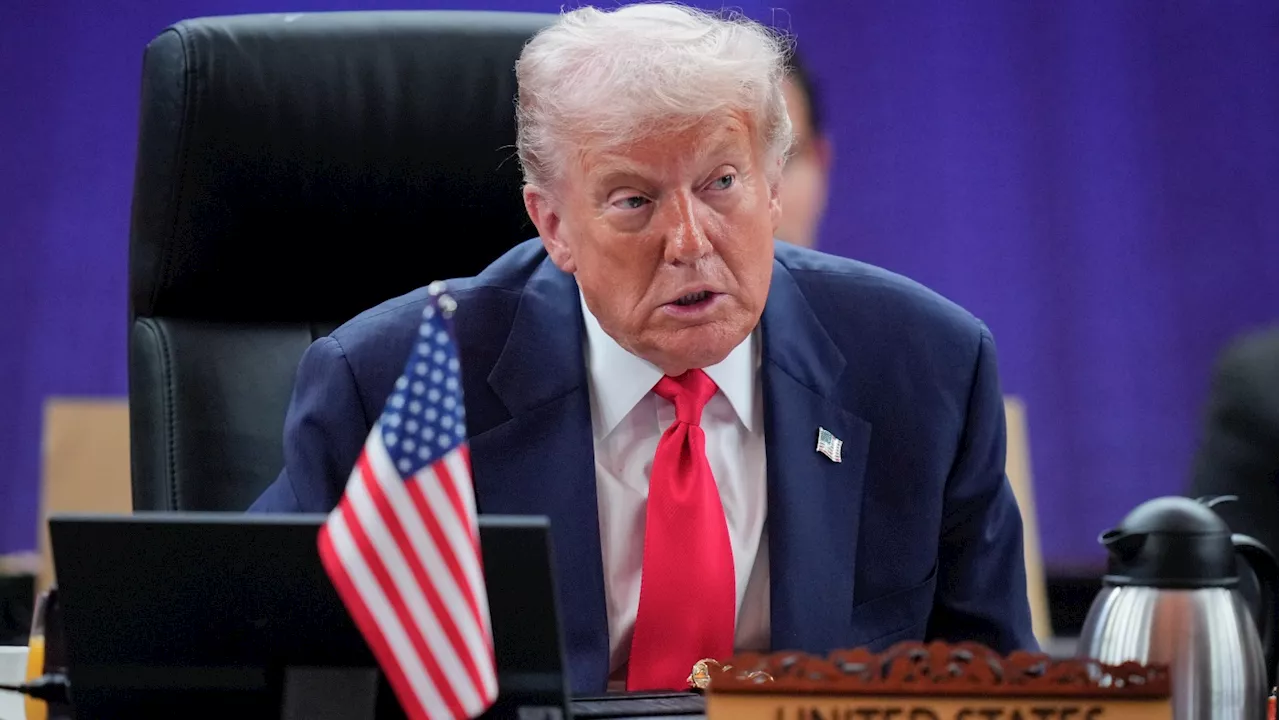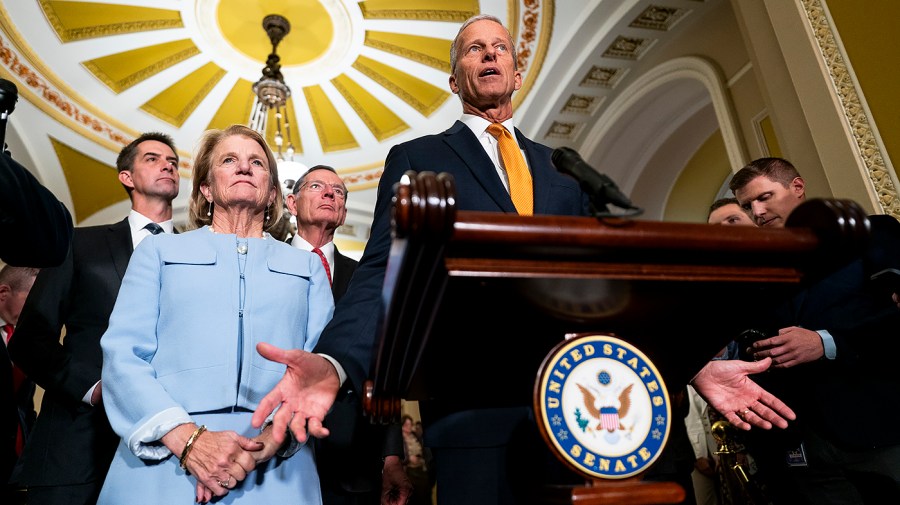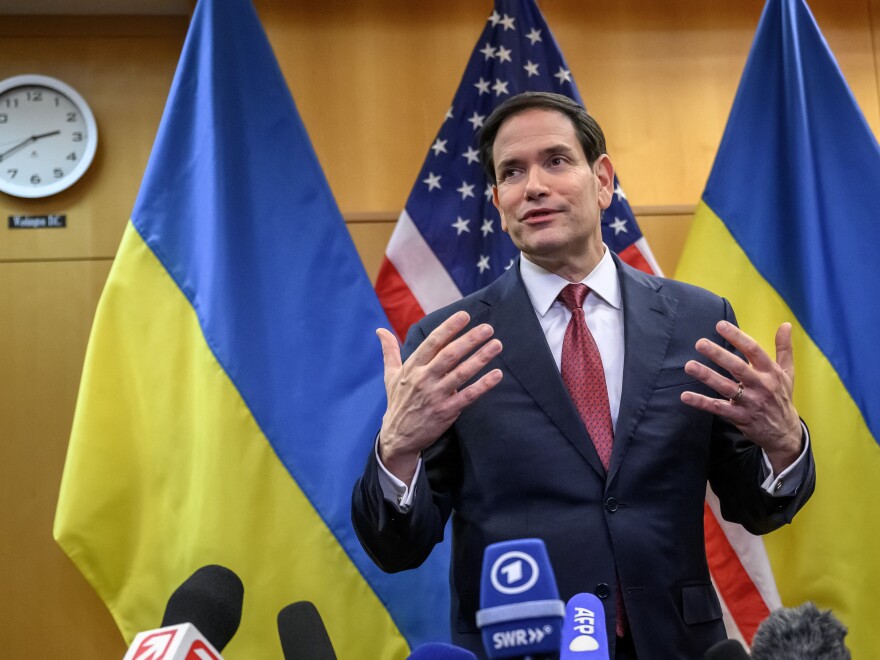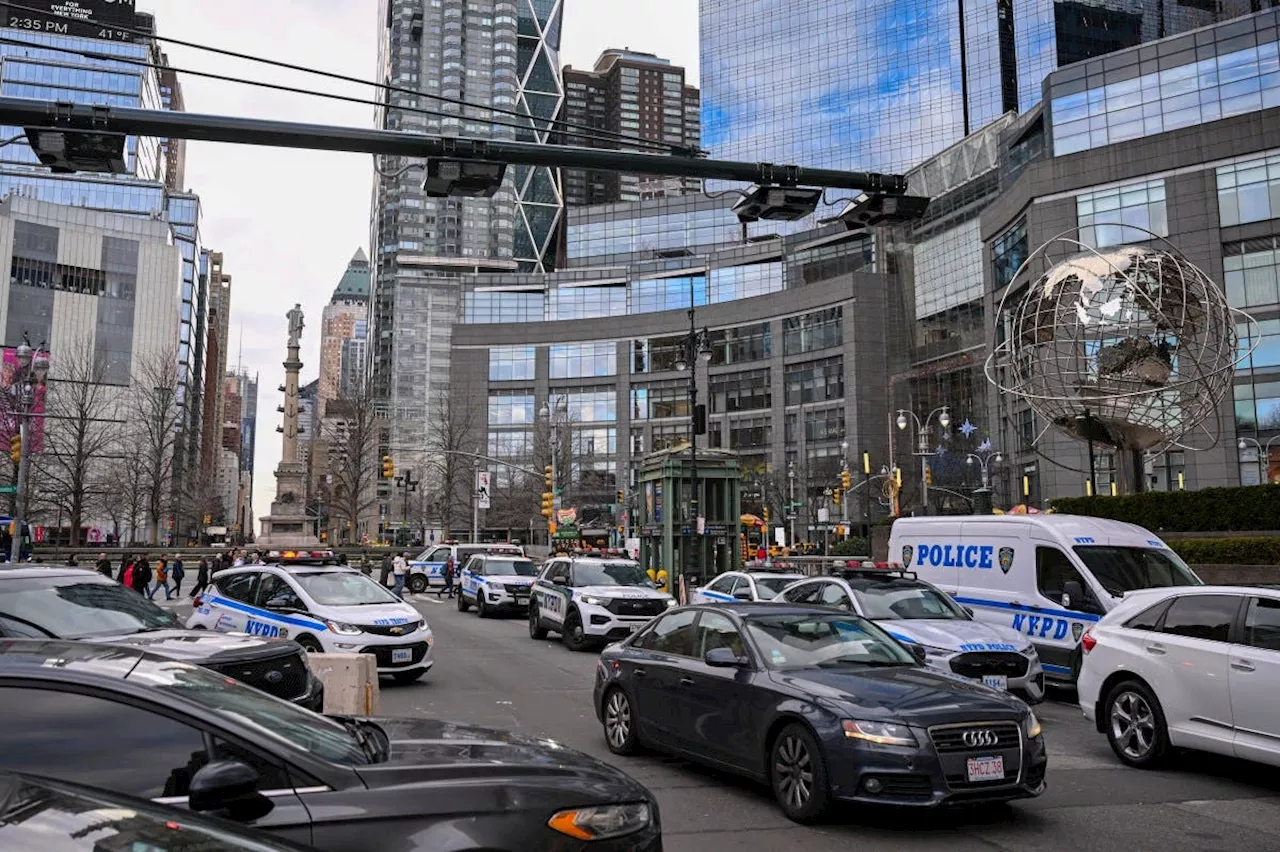Officials from the United States and China announced a significant step toward a trade agreement during the annual summit of the Association of Southeast Asian Nations (ASEAN) in Kuala Lumpur on October 26, 2025. The preliminary consensus reached between the two nations aims to alleviate market concerns and foster economic cooperation. President Donald Trump and Chinese leader Xi Jinping are expected to finalize the agreement during their upcoming meeting in South Korea.
The proposed deal includes several key measures, such as curbing the flow of fentanyl precursor chemicals, increasing agricultural purchases, and postponing export controls on rare earth elements. The discussions come at a critical time as both countries face mounting pressure to resolve trade tensions that have contributed to global economic uncertainty.
During the summit, China’s top trade negotiator, Li Chenggang, described the discussions as having reached a “preliminary consensus.” Meanwhile, Scott Bessent, the U.S. Secretary of the Treasury, characterized the framework as “very successful.” Trump expressed optimism about the negotiations, stating, “The Chinese want to make a deal, and we want to make a deal.”
The anticipated meeting between Trump and Xi is scheduled for Thursday, marking a pivotal moment in their ongoing trade dialogue. Trump has indicated a willingness to visit China in the future and suggested that Xi could reciprocate with a visit to Washington or his private club in Florida, Mar-a-Lago.
The potential agreement aims to ease fears of a broader conflict that could adversely affect global economic growth. Recent actions by Beijing, including restrictions on rare earth exports critical for advanced technology, had previously heightened tensions. Trump’s administration had warned of further tariffs on Chinese imports in response to these measures.
Bessent highlighted that discussions have led to initial agreements to prevent fentanyl precursors from entering the United States, along with commitments from Beijing to make “substantial” purchases of soybeans and other agricultural products. He noted that the threat of imposing additional tariffs has been “effectively off the table.”
The summit also provided a backdrop for Trump to showcase his role as an international dealmaker. While in Kuala Lumpur, he brokered a ceasefire agreement between Thailand and Cambodia, aiming to resolve skirmishes along their disputed border. The accord, praised by both Prime Minister Hun Manet of Cambodia and Prime Minister Anutin Charnvirakul of Thailand, is seen as a crucial step toward lasting peace in the region.
“This is a historic day,” Hun Manet remarked, while Anutin noted that the agreement lays the “building blocks for a lasting peace.” The deal includes provisions for Thailand to release Cambodian prisoners and for Cambodia to withdraw heavy artillery from the border region.
Trump’s participation in this year’s ASEAN summit marks a notable return, as he attended only once during his first term. The event gathered leaders from countries with a combined economy of $3.8 trillion and a population of 680 million. “The United States is with you 100%, and we intend to be a strong partner and friend for many generations to come,” Trump stated, emphasizing his commitment to strengthening ties with ASEAN nations.
In addition to trade discussions, Trump met with Brazilian President Luiz Inácio Lula da Silva. The two leaders addressed tensions stemming from Brazil’s prosecution of former President Jair Bolsonaro, a close ally of Trump. The U.S. president suggested that he might reduce tariffs on Brazil as part of a broader negotiation strategy.
Despite these diplomatic efforts, Trump avoided a meeting with Canadian Prime Minister Mark Carney due to ongoing frustrations over Canada’s criticism of his trade policies. Earlier, Trump announced plans to raise tariffs on Canada following a controversial television advertisement opposing his administration’s approach.
Notably absent from the summit was Indian Prime Minister Narendra Modi, whose relationship with Trump has become strained in recent months. The U.S. president has faced criticism for his comments regarding a recent conflict between India and Pakistan and has implemented increased tariffs on India related to its purchase of Russian oil.
As the U.S. and China prepare for their pivotal meeting, the outcomes of these discussions could significantly impact not only the two nations but also the broader global economy. The evolving dynamics underscore the complexities of international trade and the ongoing efforts to establish a stable economic environment in an increasingly interconnected world.







